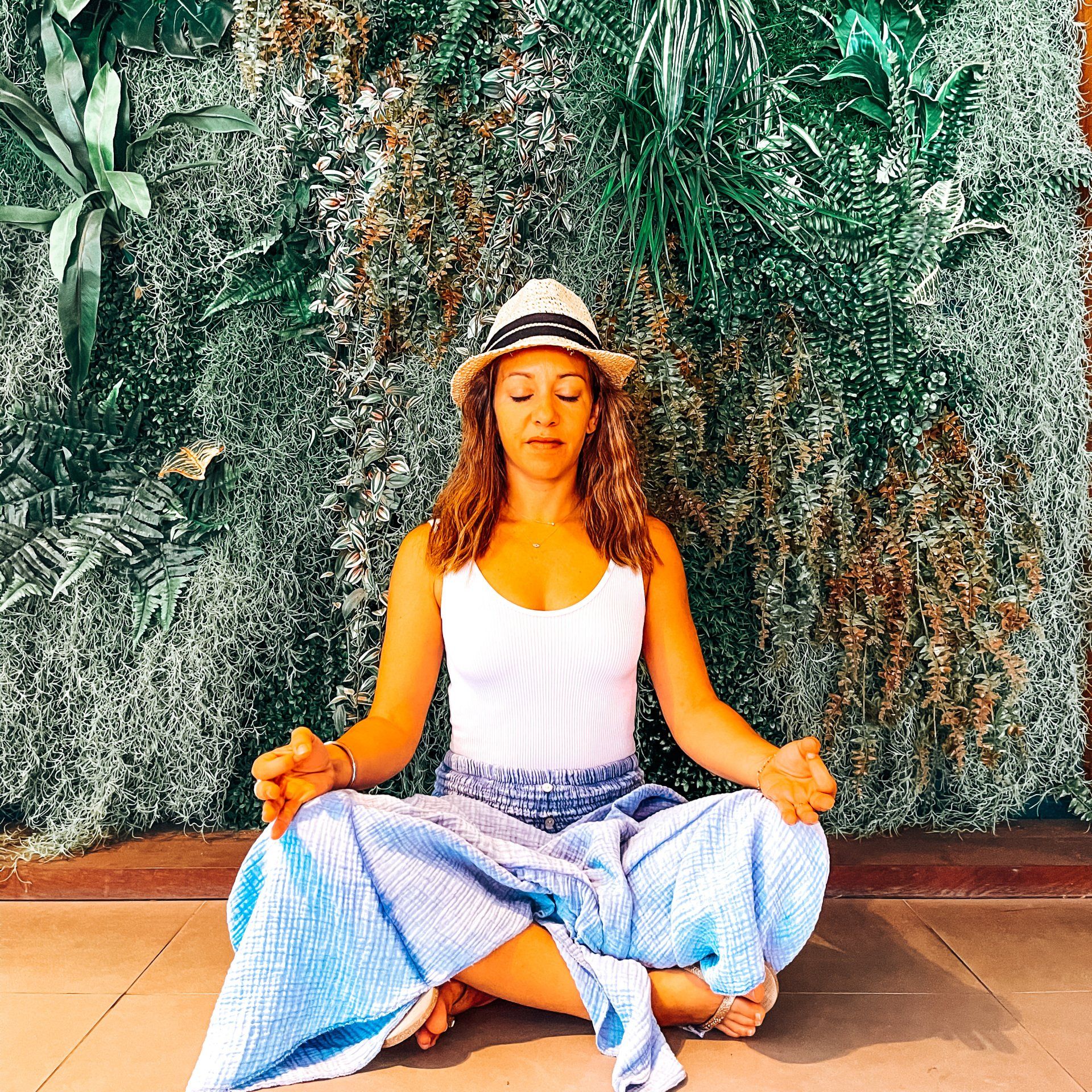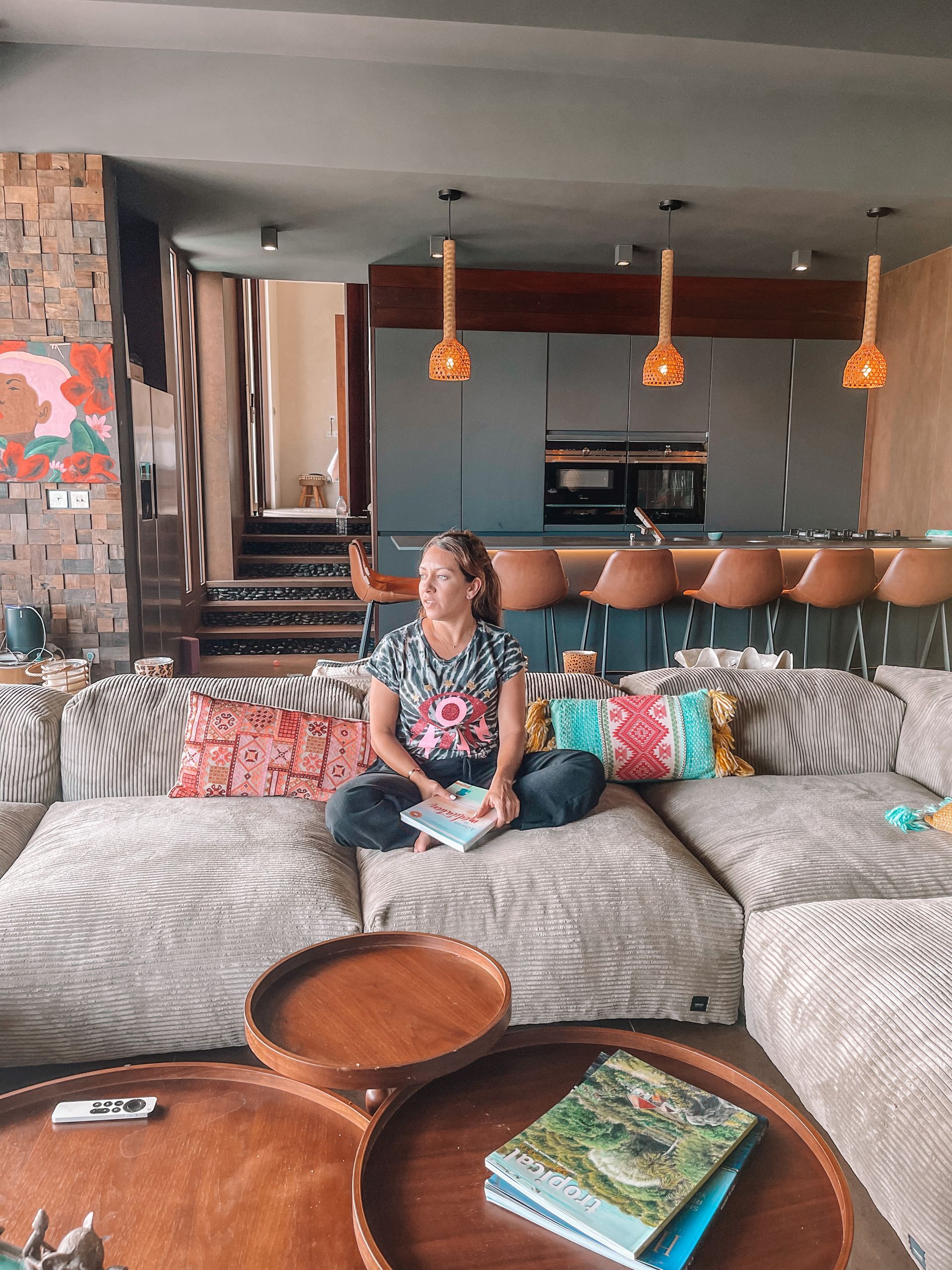How to teach yoga to children

What is the secret to get kids into yoga?
Yoga for kids has to be fun. In order to make it work, you need simplicity, interaction and playfulness. This is how children will gain interest and awareness of their own bodies.
Here are some tips to help children learn yoga in a fun and safe way.
1. Start with simple exercises
2. Children have limited attention capacities and are not always ready to focus on complex yoga poses for long periods of time. Start with short, simple poses, such as tree pose, child's pose or cat and cow pose. Give simple instructions that are easy to understand.
3. Use fun metaphors
4. Children have vivid imaginations and love stories. Use fun metaphors to describe yoga poses. For example, explain downward facing dog like a dog sniffing the ground, or Eagle pose like a bird spreading its wings to fly. This will help children understand and remember the poses.
5. Promoting creativity
6. Children love to be creative. Encourage them to explore different variations of each pose and create their own yoga poses. This will help them develop their imagination, confidence and sense of self-expression.
7. Introduce breathing games
8. Children frequently need help to learn how to breathe properly. Introduce breathing games to teach them how to control their breathing and focus on their bodies. For example, ask them to blow bubbles gently into their hands, or blow on a feather to make it float.
9. Group fun
10. Children learn best when they are in a group. Organize yoga sessions for children in a fun, supportive environment, where they can feel comfortable and safe trying out new poses and breathing games. This will also help them develop their ability to interact with others and work as a team.
In addition, don't forget to remain flexible and adaptable to children's needs and development levels. By using playful and creative approaches, you can help children learn yoga while having fun and developing their self-confidence, physical and mental well-being.
11. Introduce them to yoga by adding fluidity and movement to the poses. Yoga dance is an excellent way to introduce children to yoga. You could, for example, ask them to do tree pose, adding a breeze imagined by arms movements.
Learning abilities by age:
Children’s ability to learn yoga depends on their age and development status.
The following is a summary of typical learning abilities based on age.
- From 3 to 5 years old:
Children of this age have limited attention and need simple, easy-to-understand instructions. They are able to learn basic poses, such as child pose and cat & cow pose. They love stories and games, so incorporating playful metaphors and breathing games is a great way to engage them.
- From 6 to 8 years old:
Children of this age have greater attention and can begin to learn more complex poses, such as tree pose and warrior pose. They also enjoy playful breathing games and metaphors, but can also be encouraged to practice meditation and visualization.
- From 9 to 12 years old:
Children of this age have a greater ability to concentrate and can learn more advanced poses, such as wheel pose and crow pose. They can also begin to explore the philosophical and spiritual aspects of yoga, such as gratitude and compassion.
It is important to remember that each child is unique and may have different learning abilities.
Children may also have different needs and preferences when it comes to practicing yoga.
As a children’s yoga teacher, it is important to remain attentive to the needs and limitations of each child and adapt accordingly.
Yoga benefits for children
Yoga is a physical, mental and spiritual practice that can help children focus, relax and develop strength and flexibility.
The sessions allow children to channel their energy, develop their sense of balance both mentally and physically, gain self-confidence, become aware of their body in space and their emotions.
And what's good for you is that it will develop your own creativity to teach it;)







